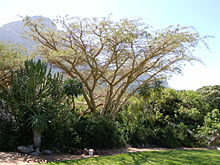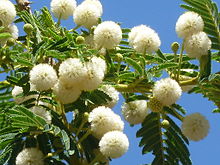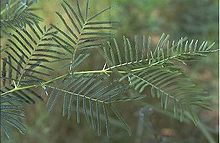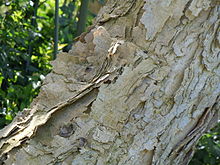Acacia sieberiana DC.
| Botanical Name | Acacia sieberiana DC. |
| Order: | Fabales |
| Family: | Leguminosae |
| Genus: | Acacia |
| Species: | V. sieberiana |
| Common Names: | English: Paperbark Acacia |
Plant Synonyms
Acacia sieberiana subsp. vermoesenii (De Wild.)
Plant Local Names
Hausa Name: farar kaya
Yoruba Name: Sie
Plant Habitat
Plant Material of Interest
Bark, Root, Leaf
Plant Description
This medium seized tree is best recognized by its thick woody fruits, which are up to 20cm long. The tree grows up to 21cm high and 183cm in girth with a rounded crown. The leaves have a common stalk which is 5-10cm long, usually they are sparsely hairy, have 10 to 25 pairs of pinnae, and 1 to 5cm long. The leaflets usually are 3 to 6 mm long.
Flowers (which are seen between January – April) are cream or white in heads of about 1.27cm across a slender stalk up to 5cm long with a whorl of tiny bracts near the apex.
Fruits (which are seen between February- April) are brown, smooth, glabrous, 10 - 20cm long , 1.3 - 3.2cm broad and 1.27cm thick, and usually contains 12 seeds.
The leaves are blue – grey and pinnate. The branches and sometimes the leaves are covered with yellow hairs. Birds love to build their nests in it. Pied and Crested Barbets make their nesting holes in the trunks. The seedpod is often invaded by insects that feed on the seeds and eaten by stock, birds and games. The seedpods contain prussic acid and may be poisonous. The gum it produces is edible and it is a good adhesive. Twine from the inner bark is used for threading beads. ( Keay et. al., 1964 ).
Plant Used Parts
Plant Uses
1. In Central Africa, a bark/ root decoction is used for inflammation of the urinary passages.
2. Leaf, bark and resin are as an astringent for colds/chest problems, diarrhea, haemorrhage and eye inflammation.
3. The bark is used to treat gonorrhea.
4. The edible gum is a good adhesive.
5. Twine from the inner bark is used for threading beads.



